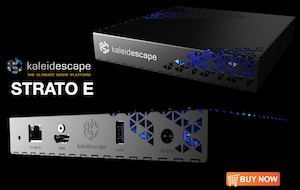Ofer
Member
Thread Starter
- Joined
- Mar 15, 2021
- Posts
- 290
More
- Preamp, Processor or Receiver
- miniDSP 4x10hd
- Main Amp
- Emotiva XPR200 midrange amp
- Additional Amp
- Crest audio 2001A bass amp, Crest audio 8002 sub
- Other Amp
- Rotel RA930ax twitter amp
- DAC
- RME UC
- Computer Audio
- Sony Bravia android TV
- Universal / Blu-ray / CD Player
- Marantz original 5E CD
- Streaming Subscriptions
- Deezer HiFi
- Front Speakers
- Andromeda MkII
- Subwoofers
- 18" OEM powered subwoofer, 18" Martycube Dayton A.
- Screen
- Sony bravia 65XF9005
- Other Equipment
- HP i5 running W10, HLC convolver for Audio Lense filters
Thanks, I am. But it is a somewhat crooked workaround. Changing the Asio spdif to a wdm recording device locks it at 48khz/24bit so I can't play anything in it's original bitrate. I think it also intruduces latency as there are lipsync issuses even with only Frequency correction filters. Having said all that with the right filters the sound improves dramticly and I am just starting to explore the options. Overall creating filters and crossovers in AL is rather intuative. The rest of computer DSP is far from it.















